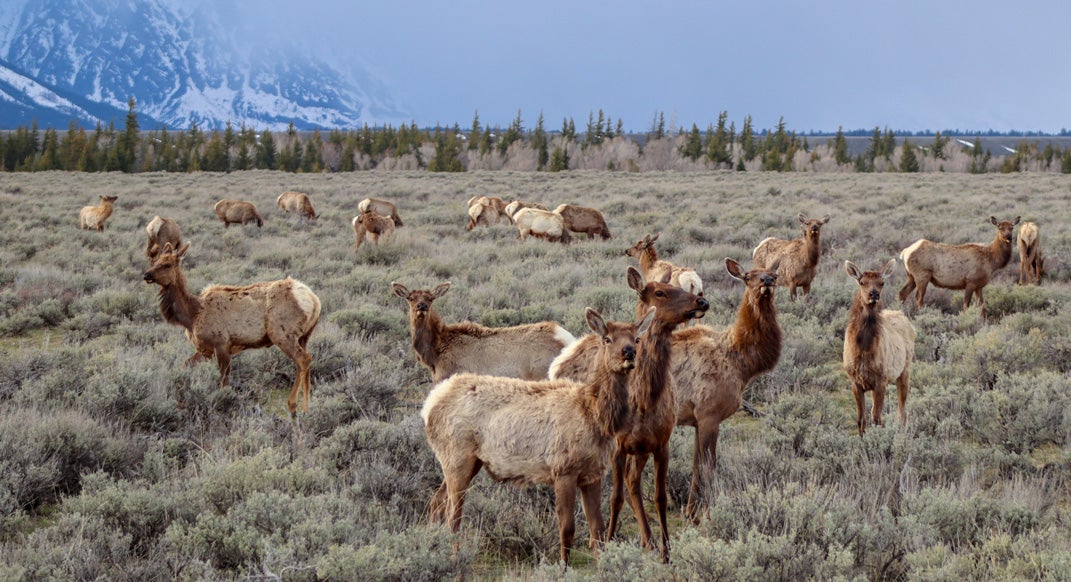Havoc in the Wilderness

In the past decade, recreation has skyrocketed on our public lands, with mountain bikers, hikers, trail runners, ORV riders, snowshoers, dirt bikers, anglers, hunters and skiers pounding the backcountry year round. In places, the traffic increase has dramatically changed the experience of backcountry travel. For example, while the famous 28-mile Four Pass Loop near Aspen, Colorado, an hour’s drive from the Trail Runner offices, is almost entirely in designated wilderness, the stream of people on the trails make it hard to achieve a “wilderness experience.” The route is still beautiful, and, in the end, we are no worse off physically for the wild increase in traffic.
But there are other residents of the area that are being profoundly negatively impacted—wildlife, and in particular the magnificent Rocky Mountain elk.
In a June 16, 2018, article in the Vail Daily by Pam Boyd, a sobering quote from a wildlife manager for Colorado Parks and Wildlife sums up the magnitude of the problem: “The numbers [of elk] we have counted have dropped some 50 (percent) to 60 percent in the last 10 years,” Craig Wescoatt said. “We are not seeing the animals migrate to another area or permanently move somewhere else. They are just dead and gone.”
A combination of factors is to blame, but the prime culprit, say the wildlife biologists quoted in the Vail Daily article and others, is human disruption. And while it is easy to blame the more obvious offenders like braapping dirt bikers or dog owners who allow their pets to chase wildlife, the elk appear to be overstressed by the sheer volume of human encounters. In our region, trail runners are going more often to previously seldom-visited areas, many of them elk enclaves. The elk have few undisturbed areas to rest.
What happens when elk get overstressed? They die.
Tom Cardamone is the executive director of the Watershed Biodiversity Initiative, a two-year science-based study involving numerous public and private stakeholders on Colorado’s one-million-acre Roaring Fork Watershed from Aspen to the Colorado River. Wrapping up next year, the study hopes to be responsive to the causes of the wildlife declines by determining the highest-priority conservation areas and craft an action plan to protect and restore biodiversity. While Cardamone acknowledges that the situation is critical, he expresses hope for solutions and compliance.
“Whether you’re a mushroom hunter or ridge runner, all recreationalists seem to value wildlife,” he says. “Our hope is that they would be willing to concentrate in less-important areas and accept restrictions that would allow recovery of the ecosystem.”